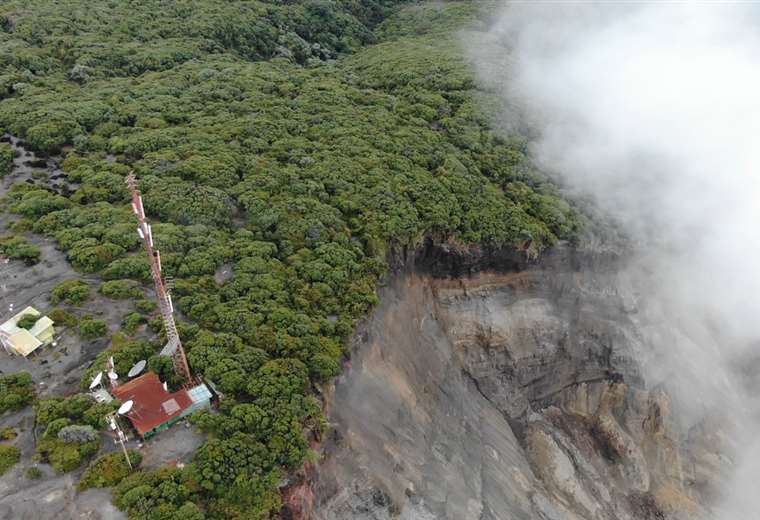August 28 , 2020 . EN. Costa Rica : Irazu , Ecuador : Sangay , Kamchatka : Sheveluch , Italy : Campi Flegrei .
August 28 , 2020. Costa Rica , Irazu : No eruption is reported. Seismic activity is higher compared to yesterday. At the time of this report, the winds are…

